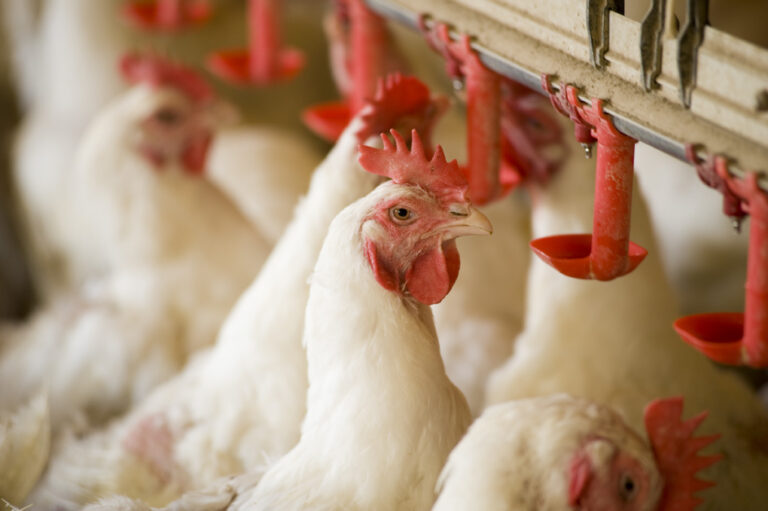Elanco has published its 2025 Health Tracking System (HTSi) report which shows UK poultry Intestinal Integrity (I2) is following an upward trajectory.
The UK broiler industry ended 2024 with the highest I2 score recorded in the last five years, at 96.8, said Louise Ashworth, Elanco’s strategic services lead and account manager.
“Finishing 2023 on a high helped set I2 off on the right foot for 2024,” she said.
“During the year there were more stable I2 averages, which were similar to those seen in 2021 and 2023 – a significant improvement on 2022, when there was instability in anticoccidial programmes.”
Ashworth said while cellular sloughing, excessive intestinal mucus and watery intestinal contents are still the three most prevalent intestinal lesions in UK broilers, the frequency of these has decreased.
“In 2024, cellular sloughing was down by 2.1% compared to 2023, while excessive intestinal mucus and watery intestinal contents were down by 3.3% and 0.9%, respectively,” she said.
According to the data collected, gizzard health improved overall, despite the increase in gizzard erosion recorded during September and October.
“This rise in gizzard erosions during the autumn could be linked to increased viral challenges suffered by some farms and regions during those months,” said Ashworth.
“However, interestingly, out of the 60 countries that contribute to the global HTSi data set, the UK had the highest respiratory index, meaning respiratory challenges aren’t typically a problem for the average broiler in this country.”
Looking at how coccidiosis challenges have impacted HTSi scores, Ashworth said the prevalence of Eimeria acervulina has reduced by an average of 4% compared to 2023.
“There’s no definitive reason as to why this overall decrease might be, but it lends itself to stable and continuous coccidiosis control programmes and robust biosecurity regimes,” she said.
“While E. tenella cases spiked in the first half of 2024, a lower number of lesions in the latter half resulted in an overall decrease compared to 2023, with 92% of lesions recorded as mild.”
However, despite the decrease in two Eimeria strains, Ashworth said that E. maxima levels showed a slight increase, with 11.2% of necropsied birds found to have gross lesions, up from the 2023 average of 10.6%.
“The reasoning behind this is unknown, but it’s worth noting that like E. tenella, 83% of lesions are score 1, meaning they’re very mild, likely sub-clinical, levels which can still be well managed,” she said.
Ashworth said changes in the market, such as reduced stocking density and slower growing birds, will influence the insights generated through HTSi.
“We haven’t fully seen the effect reduced stocking density will have on HTSi data, but it will be interesting to see how the trends change in 2025,” she said.
“Stocking density changes could encourage reduced turnaround time, but this could increase the prevalence of coccidiosis, if not managed correctly.
“The move to slower growing breeds has undoubtedly affected the results in the 2024 HTSi report.
“For instance, E. acervulina is more prevalent in conventional birds, while the shift towards raising slower-growing breeds has led to an increase in older birds being necropsied, which are more likely to show lesions from E. maxima and E. tenella.”


